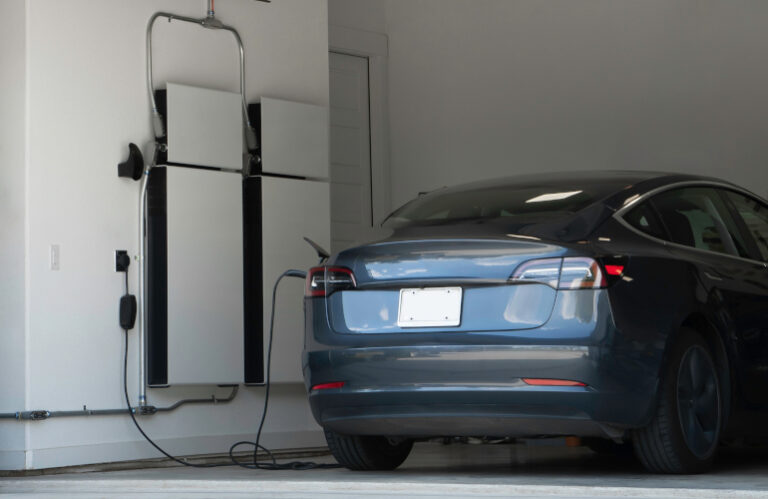
Credit: Adobe Stock
On February 19, the National Electrical Manufacturers Association (NEMA) announced the publication of the power output of its electric vehicles (EVSE), whereby the technical parameters are defined to enable electric vehicles to use their vehicles as mobile energy storage units and surplus Energy back to the grid. The standard outlines characteristics for equipment to enable two-way or bidirectional charging, in contrast to the traditional one-way flow of electricity to the vehicle, so that electric vehicles can be effectively transferred to the grid.
The standard defines characteristics in important domains, electric, communication and cyber security, for allowing power output between EVSE and an electric power system. With bidirectional, or vehicle to grid (V2G) and vehicle to construction/home (V2B, V2H) technology, electric vehicles act as energy storage devices on wheels or mobile energy storage units to feed houses, buildings and the grid itself. In addition, the standard can reduce money in the bags of electric vehicles by making it easier for cars to switch off at night or when they are switched off and then redeeming the power to griders during peak hours.
“Promoting bidirectional charging technologies will play a crucial role in improving the resilience of our nation and help owners of electric vehicles use their cars for more than just from point A to point B,” said Patrick Hughes, Senior VP of Technical things at Nema. “Nema’s electric vehicle supply equipment (EVSE) Power Export Standard is an important tool for achieving these goals, and local jurisdictions must refer to this standard when allowing these systems.”
Nema’s mobility sector developed this standard as an resource to strengthen the resilience of the grid and to display the reality of the contemporary electrification landscape.
News item from Nema


